Fairphone 4
If you care about having an eco-friendly phone, the Fairphone 4 should be on your radar and, most likely, top of your wish-list. It’s the newest device from green tech company Fairphone, which specializes in devices made from recycled materials in ethical factories.
Buying a Fairphone used to be a tricky calculation, though: you’d be getting a phone that wasn’t terrible for the environment (many modern mobiles are made in factories with environmental standards that are questionable at best, using rare-earth materials extracted using unsustainable and sometimes ethically dubious processes) but you’d be getting a device that wasn’t exactly competitive specs-wise.
That’s not quite the case for the Fairphone 4, as the successor to the Fairphone 3 Plus from 2020 has a few upgrades in key areas to make it a more tempting buy.
The phone has not one but two rear 48MP rear cameras, as well as the mid-range Snapdragon 750G chipset, which supports 5G connectivity, and a much bigger display. These upgrades, as well as the phone’s durable body and green credentials, make the device a much more compelling proposition than its predecessors.
It’s not the perfect phone - we found the side-mounted fingerprint sensor a little fiddly to use compared to those on competing devices, and had trouble connecting to Wi-Fi or 5G networks at points – also, people used to top-end phones might find the Fairphone 4 a little slow to navigate.
That all said, though, we found ourselves enjoying the Fairphone 4 in our initial tests, partly because of its upgrades and partly because of the warm feeling inside of using an eco-friendly phone. We’re part way through our tests at the moment, but expect a full review shortly.
Fairphone 4 release date and price
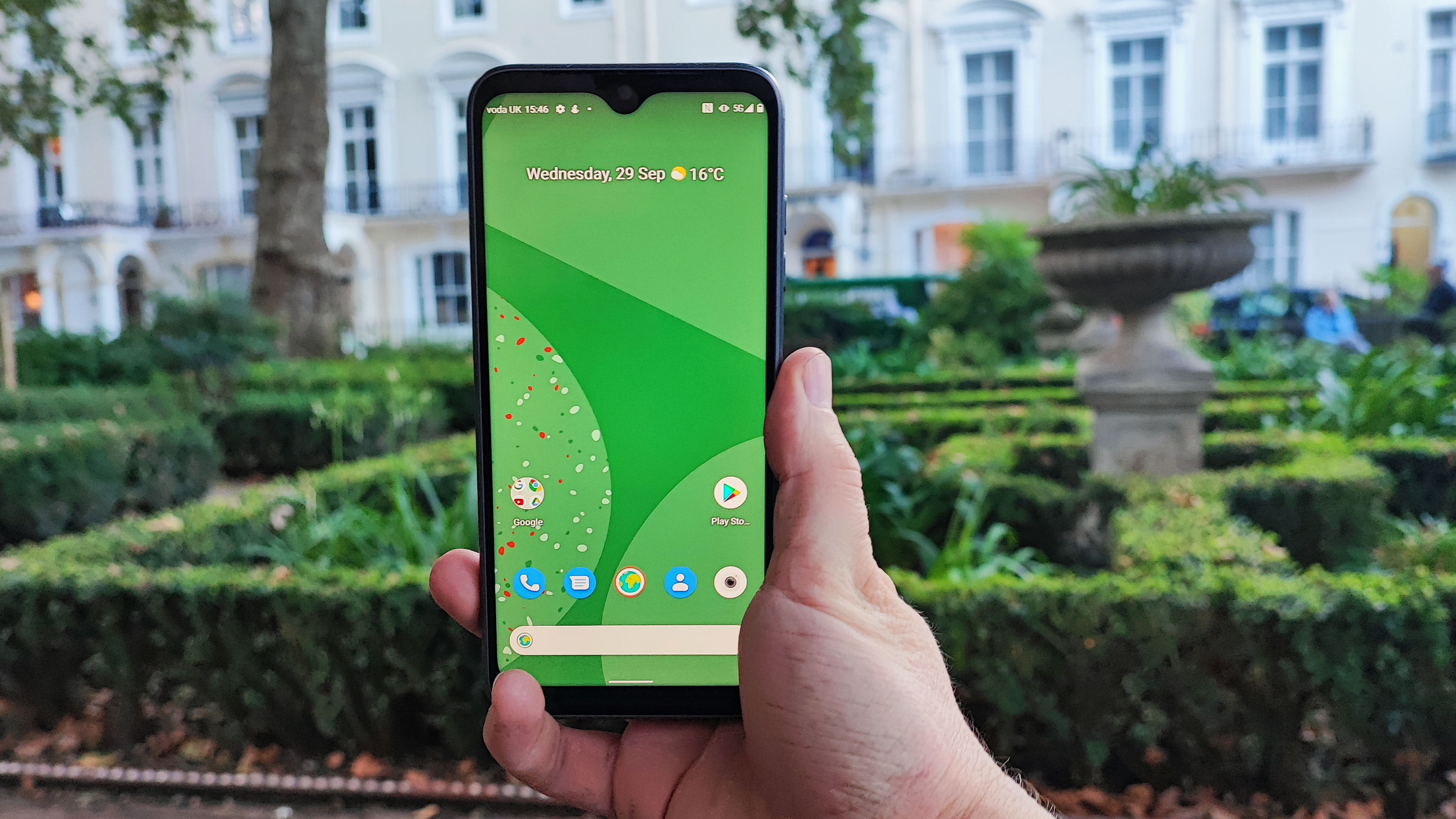
The Fairphone 4 costs £499 in the UK, which converts to $670 or AU$930, though with Fairphone only operating in Europe, you won’t be able to buy it in those regions. That’s for a 6GB RAM, 128GB storage version of the phone, and for £569 (about $770, AU$1,060) you can bump that to 8GB / 256GB.
Casual phone users won’t need 256GB though, and can stick to the cheaper 128GB model. There’s no micro SD card slot, but with cloud storage readily available these days, those are arguably unnecessary.
That’s a fair price for the phone given the specs, though you can find cheaper handsets from Chinese companies with higher specs. We’d call this a close competitor to the Google Pixel 5, which cost $499 / £499 / AU$799 at launch, and also came with stock Android software. That handset has better cameras but is slower in operation, and doesn’t have the Fairphone's eco-friendly credentials.
Design and display
The Fairphone 4 has a 6.3-inch FHD+ display, which is broken up at the top by a tear-drop notch. It’s a design that was in vogue for mid-range phones before 2021, but in the year of the green phone’s release, most other devices at all price points use punch-hole cut-outs for the front snapper instead.
The screen looks fairly bold, at least in terms of colors, though we did find the max brightness a little limited. Fairphone fans will like the size of the display most though, as it’s a big jump up from the 5.65 inches of the last two phones from the company, and also results in a much bigger screen-to-body ratio.
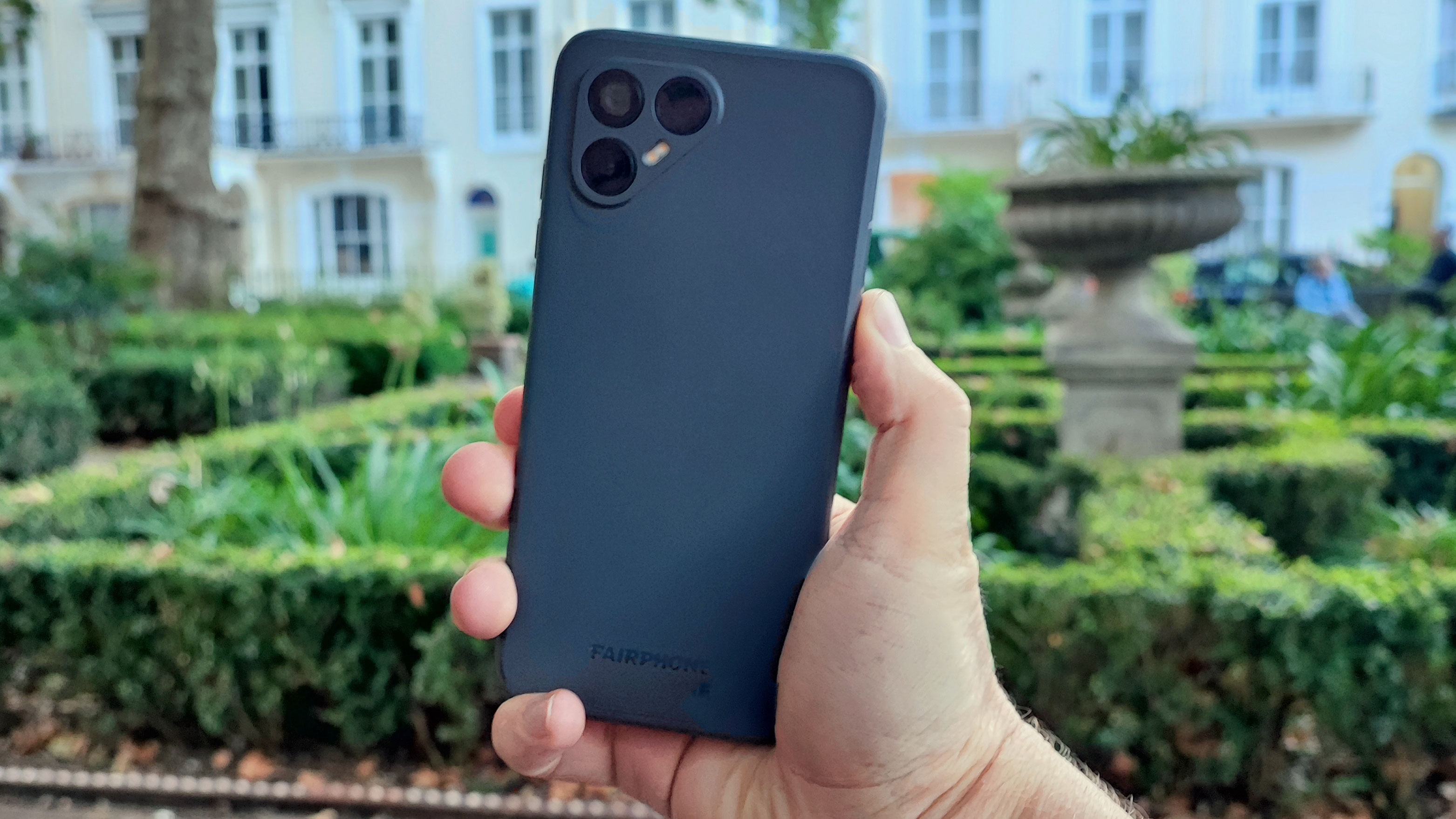
The Fairphone 4’s body is pretty thick – we don’t have official dimensions, and it's hard to measure precisely, but it’s at least 1cm – and the phone feels rather heavy too. In fact, the device feels quite a bit like a rugged phone (a type of smartphone designed to be durable in tough conditions), partly because of its metal frame and partly because of the solid-feeling rear.
The handset has two volume buttons on the right edge, just above the power button – the fingerprint sensor is embedded in this button, and it's easy to reach with your digit. The scanner did sometimes have trouble picking up our fingerprints though, and only actually scanned after we had pressed the button, so it wasn’t as intuitive to use as alternatives on other devices like the recent Xiaomi 11T Pro or Motorola Edge 20 Pro.
There’s no 3.5mm headphone jack here, something that fans of wired audio will be disappointed by, but the USB-C jack on the bottom edge of the phone will still let you plug in your cans if you have an adaptor.
On the back, there are two rear cameras arranged in a triangle, along with a third aperture that looks like a sensor, but doesn't, as far as we can tell, do anything: it’s possible that this is just a placeholder.
A placeholder for what, you might ask. Well, the Fairphone 4 (as well as its predecessors) is a modular phone – this means you can take the back off the device, remove the battery, and use a screwdriver to replace parts like the rear camera, display and audio module.
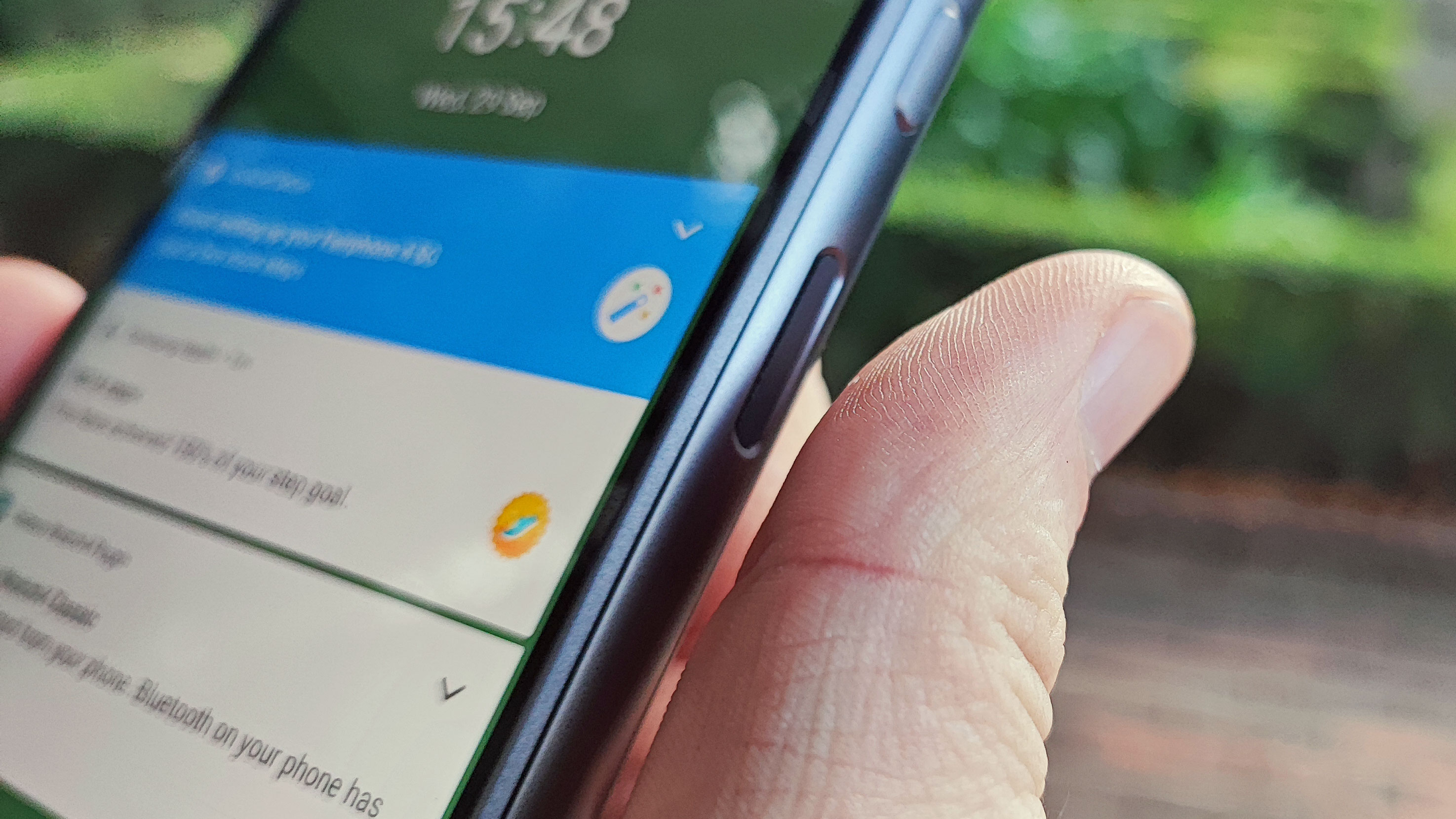
Not only does this modularity enable you to replace damaged parts (which you can do yourself, just by ordering spares from Fairphone’s website), it also lets you upgrade your handset if and when the company releases a Fairphone 4 Plus. We saw this with the Fairphone 3 Plus, which had the same body as the Fairphone 3 but with improved specs – if you had the non-Plus device you could simply buy a few parts to upgrade to the Plus yourself.
So it’s possible that this third camera hole will hold a space for a third camera, which Fairphone could offer as a separate module at a future date.
Cameras and battery life
The Fairphone 4 has two 48MP cameras on the back, one paired with a wide lens, and another with an ultra-wide-angle lens for shots with a great field of view. That’s a slight upgrade over last year’s Fairphone, which missed the second snapper.
Pictures taken on the phone look crisp, with natural-looking depth of field and lots of detail thanks to the high-res sensor.
However images weren’t particularly colorful or vibrant – we’d put this down to the phone lacking much in the way of AI scene optimization software the likes of which Google, Apple or Samsung use. You can drop photos into editing apps to spruce them up a bit, but by default, snaps looked a little desaturated.
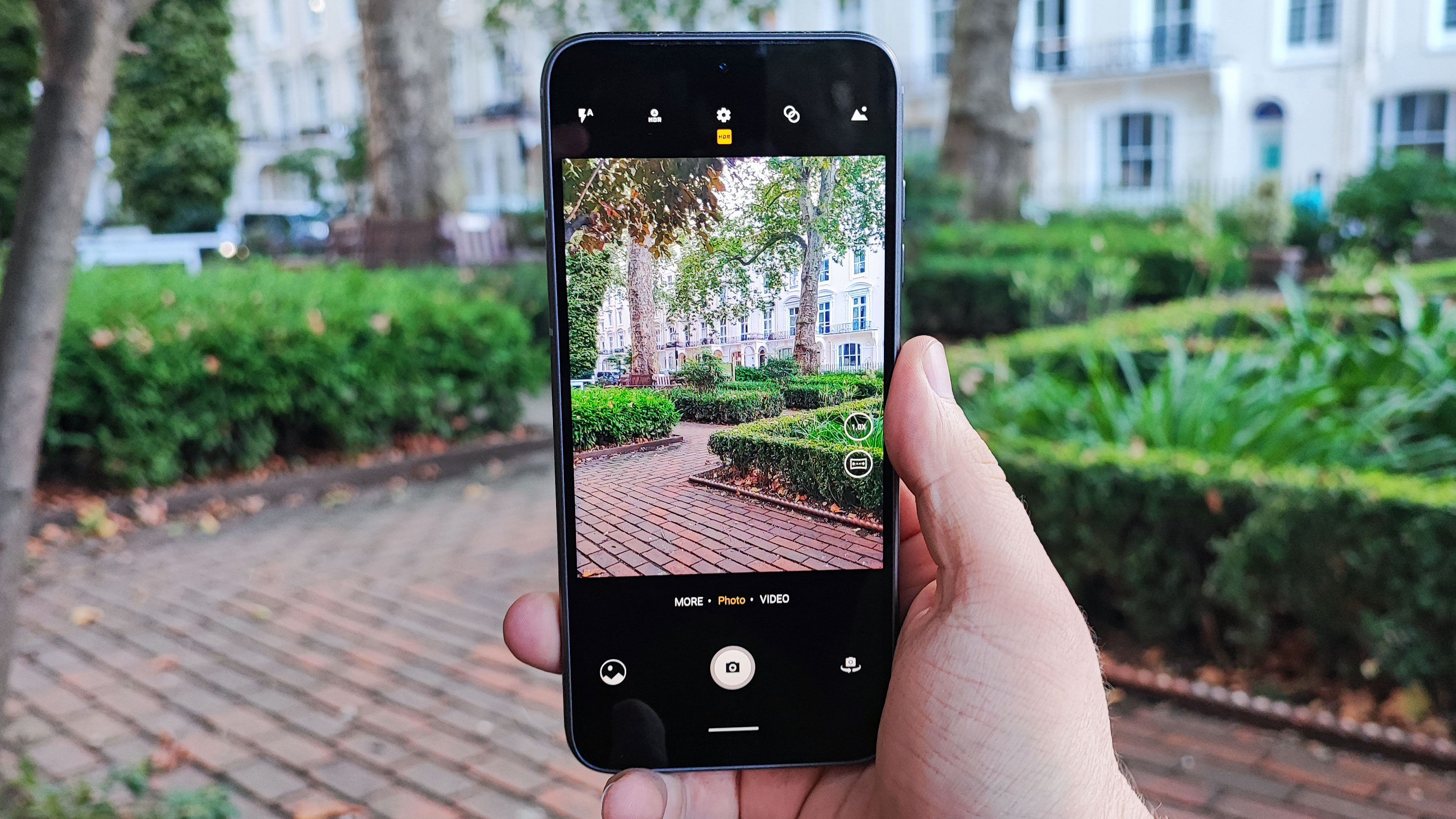
This was also true of pictures taken on the 25MP front-facing camera, which looked a little subdued, so you’ll need a fairly well-lit environment to take great pictures. Again, a photo editing app solved this issue for the most part.
The Fairphone 4 has a relatively small 3,905mAh battery, but despite this being smaller than nearly every other power pack in a phone in 2021, we were pleasantly surprised by the battery life. In our (admittedly short) testing time, the device powered through a day of use with juice left in the tank.
While a full-day battery life isn’t exactly anything to write home about, the fact that the phone manages with with a relatively small battery is impressive, and suggests there’s some smart optimization going on here.
Charging is done via the phone’s USB-C port, and is 20W, which is fairly slow. According to Fairphone, it’ll take half an hour to power a phone from empty to 50% – we haven’t done a full charging test yet, but this figure seems accurate based on our experiences.
Performance and specs
The Fairphone 4 boasts fairly competitive specs for the price, with a Snapdragon 750G chipset, alongside 6GB or 8GB RAM.
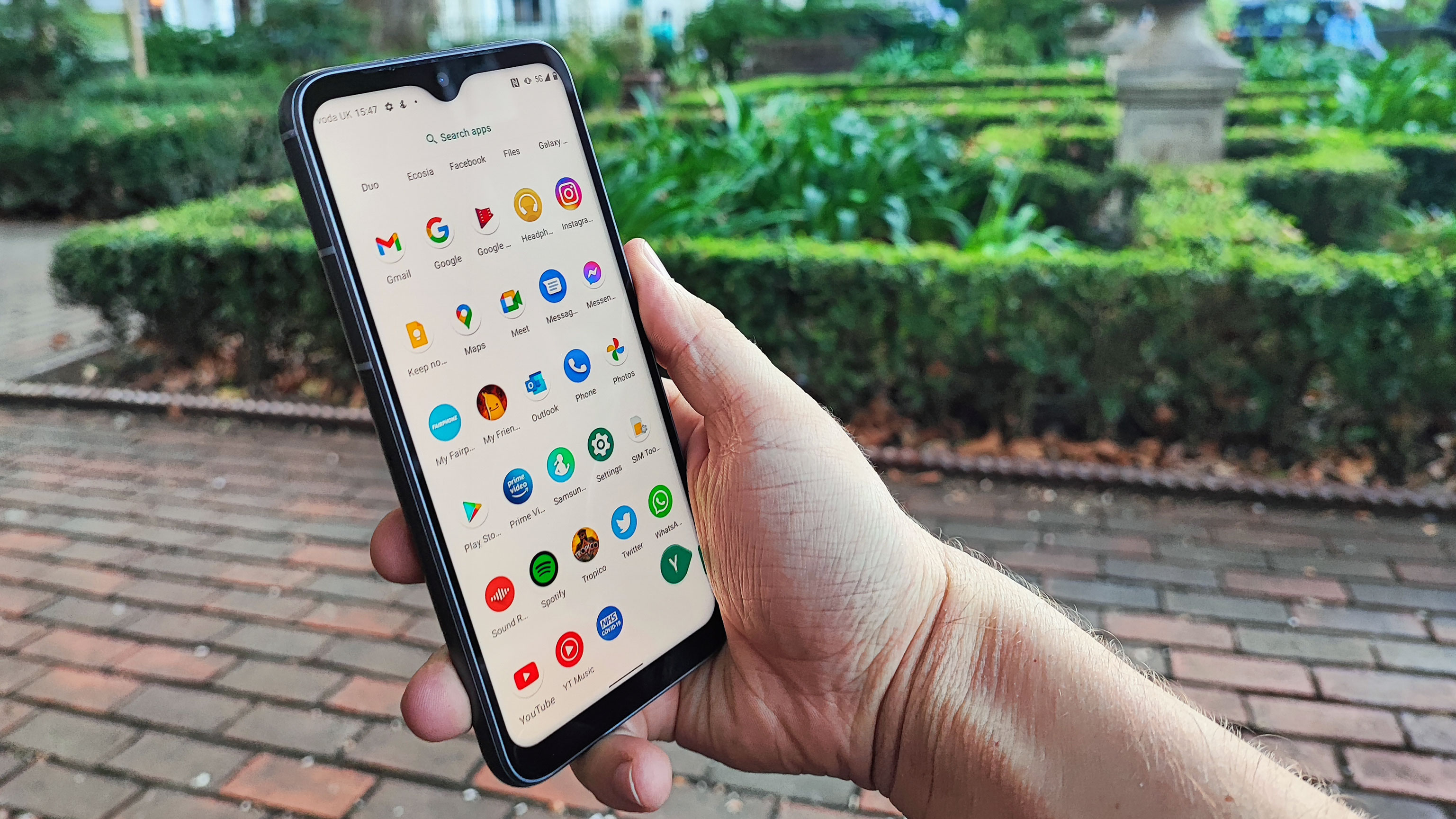
This processor isn’t the sharpest tool in the shed, with the Snapdragon 800 series of chipsets offering much more power, but it’s certainly fit for the task. After the initial set-up phase, in which the phone was startlingly slow (as it needed to download and install all our apps), it was fairly snappy to navigate, and handed all mid-range and some top-end games pretty well.
We’ll put the Fairphone 4 through a more intensive barrage of tests (including gaming) for our full review, but for now we’d judge the device as powerful enough for most tasks.
This is a 5G phone too, enabling you to connect to super-fast next-gen networks. This is the first 5G Fairphone device, so if you want fast downloads and streaming, it’s the one to pick.
The phone uses stock Android 11, as Google designed it, which gives you the clean design and minimal selection of pre-installed apps that you’d see on a Nokia or Pixel phone. While Fairphone is offering a five-year warranty with the phone, we don’t know how many years of security or software updates it'll get.
We had a minor issue with the phone regarding connectivity – the phone was slow to connect to the internet, whether we were using cellular or Wi-Fi, which could be a nuisance if you're playing online games, looking at social media or downloading programs.
It’s not clear if this is a problem with our test device, a teething problem with the mobile, or something else, and we’ll test it further for our full review. It didn’t hugely affect our time with the phone – everything would load eventually – but it’s worth flagging.
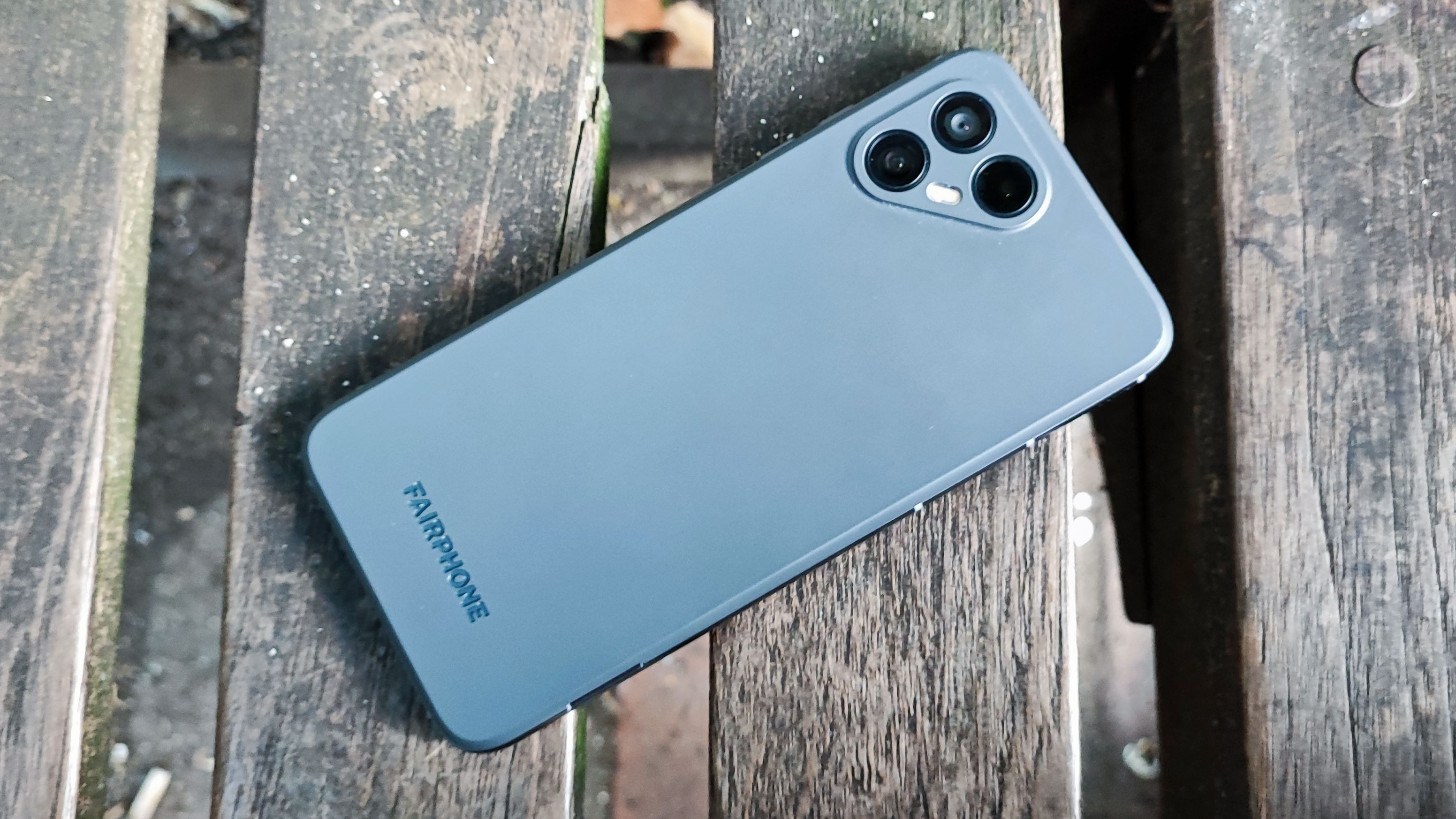
Early verdict
We were ready to look past a lot of rough edges on the Fairphone 4, as its green credentials allow you overlook a few basic flaws; however, we didn’t need to, as the handset feels like a capable mid-range smartphone.
Beyond some small concerns we had, like the temperamental fingerprint scanner, connectivity issues and less-than-stellar cameras, this is a well-rounded mid-ranger that can handle most tasks you'll want to throw at it.
But you’re probably not looking to buy the Fairphone 4 for its specs or cameras or features – you’re interested because you're looking for a device that will help you to reduce your carbon footprint in a small way, while still offering many the features of the latest smartphones, with decent performance. And we're happy to report that the Fairphone 4 is that device.
- For more tech news sign up to the TechRadar newsletter
0 comments:
Post a Comment